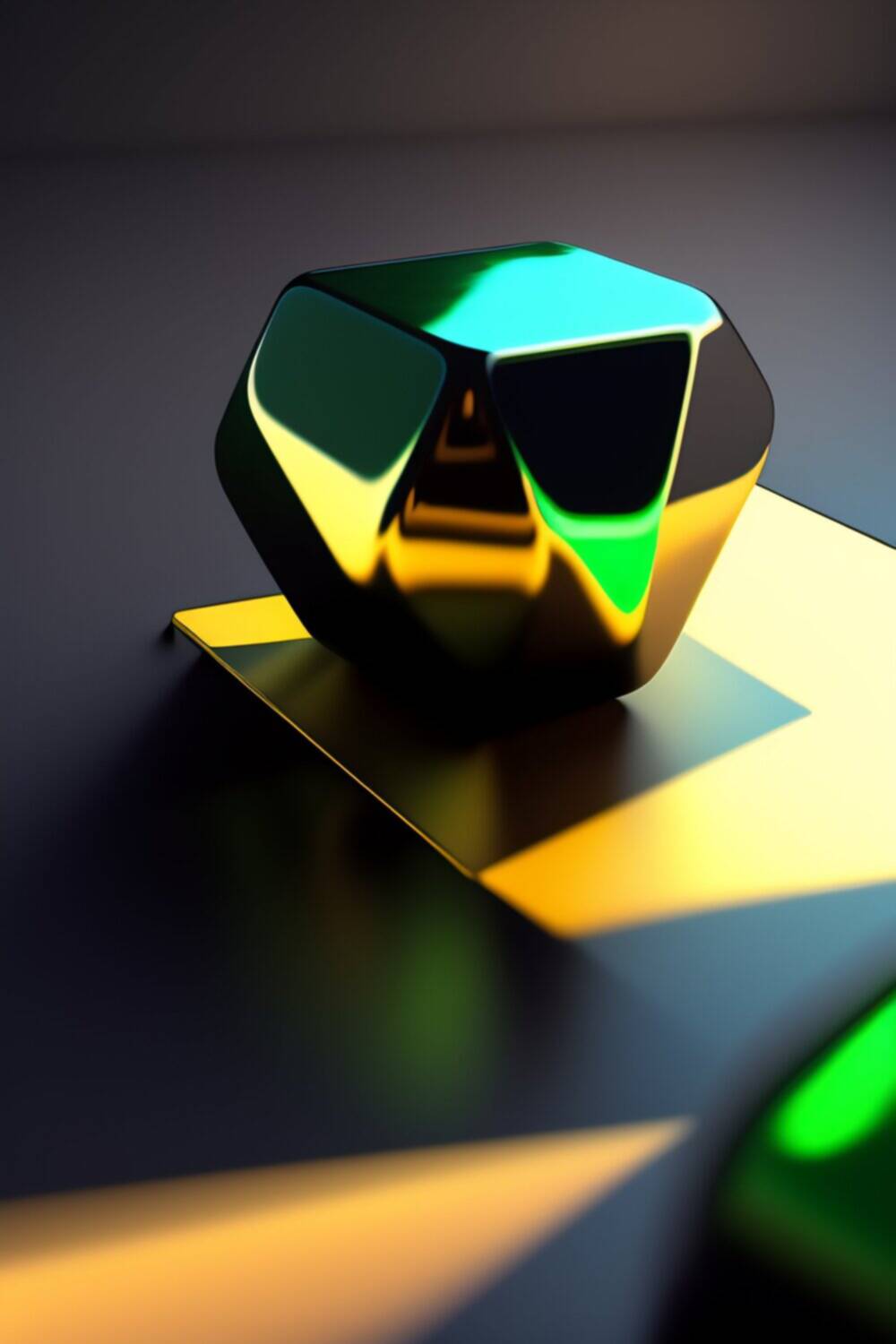Maximize the performance of your Nvidia RTX card with these expert tips, from tweaking settings to overclocking and using cutting-edge technologies.
Nvidia RTX cards are the gold standard in graphics cards, but maximizing their performance requires more than just plugging them in. As an AI language model, I’ve compiled expert advice to help you get the most out of your Nvidia RTX card. From tweaking settings to overclocking, this guide covers everything you need to know to make your games run smoother, your videos render faster, and your graphics look better than ever before.
Tweak Your Settings
One of the easiest ways to maximize the performance of your Nvidia RTX card is to adjust your settings. By lowering the resolution, turning off anti-aliasing, and tweaking other graphics settings, you can improve frame rates and reduce lag. You can do this by adjusting the in-game settings or using the Nvidia Control Panel. Keep in mind that while lower graphics settings may improve performance, they can also impact visual quality.
Overclock Your Card
Overclocking your Nvidia RTX card can boost performance even further. This process involves increasing the clock speed of your GPU and memory, which can lead to higher frame rates and faster rendering times. However, it’s important to be cautious when overclocking, as it can cause damage to your card if done improperly. Make sure to do your research, use reliable software, and monitor your temperatures to avoid overheating.
Update Your Drivers
Keeping your Nvidia drivers up to date is crucial for maximizing performance. New drivers often include performance optimizations and bug fixes that can improve your gaming experience. You can check for updates manually through the Nvidia website or use the GeForce Experience software to automatically update your drivers.
Use Ray Tracing and DLSS
If you have an Nvidia RTX card, you have access to cutting-edge technologies like ray tracing and DLSS. Ray tracing adds realistic lighting and shadows to your games, while DLSS uses AI to upscale lower resolutions to higher ones without sacrificing performance. Enabling these features can significantly improve the visual quality of your games while maintaining high frame rates.
Manage Your Power Settings
Nvidia RTX cards require a lot of power, so managing your power settings can help improve performance. Make sure your card is receiving adequate power by using a high-quality power supply and connecting it properly. You can also adjust your power settings in the Nvidia Control Panel to prioritize performance over energy savings.
Final Thoughts
Maximizing the performance of your Nvidia RTX card takes a little effort, but the results are worth it. By tweaking your settings, overclocking, updating your drivers, using cutting-edge technologies, and managing your power settings, you can take your gaming and graphics to the next level. So what are you waiting for? Invest in an Nvidia RTX card today and start experiencing the best in graphics performance.


